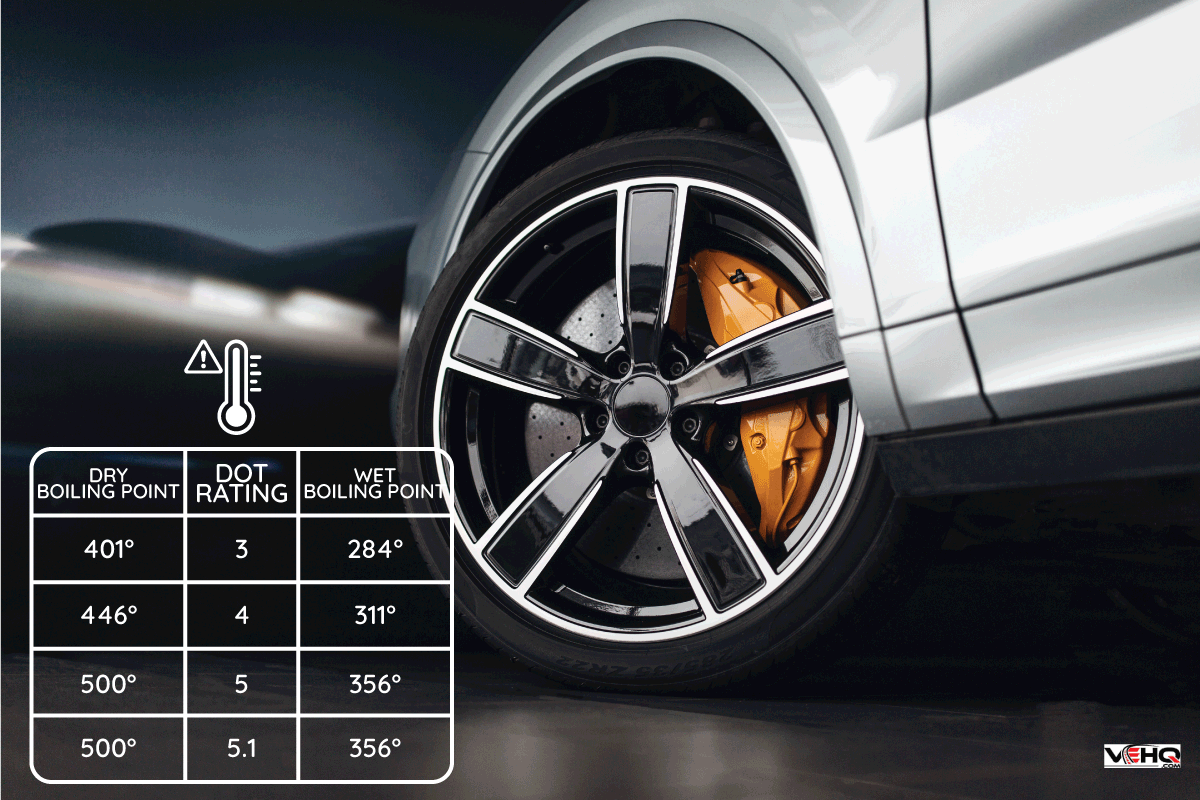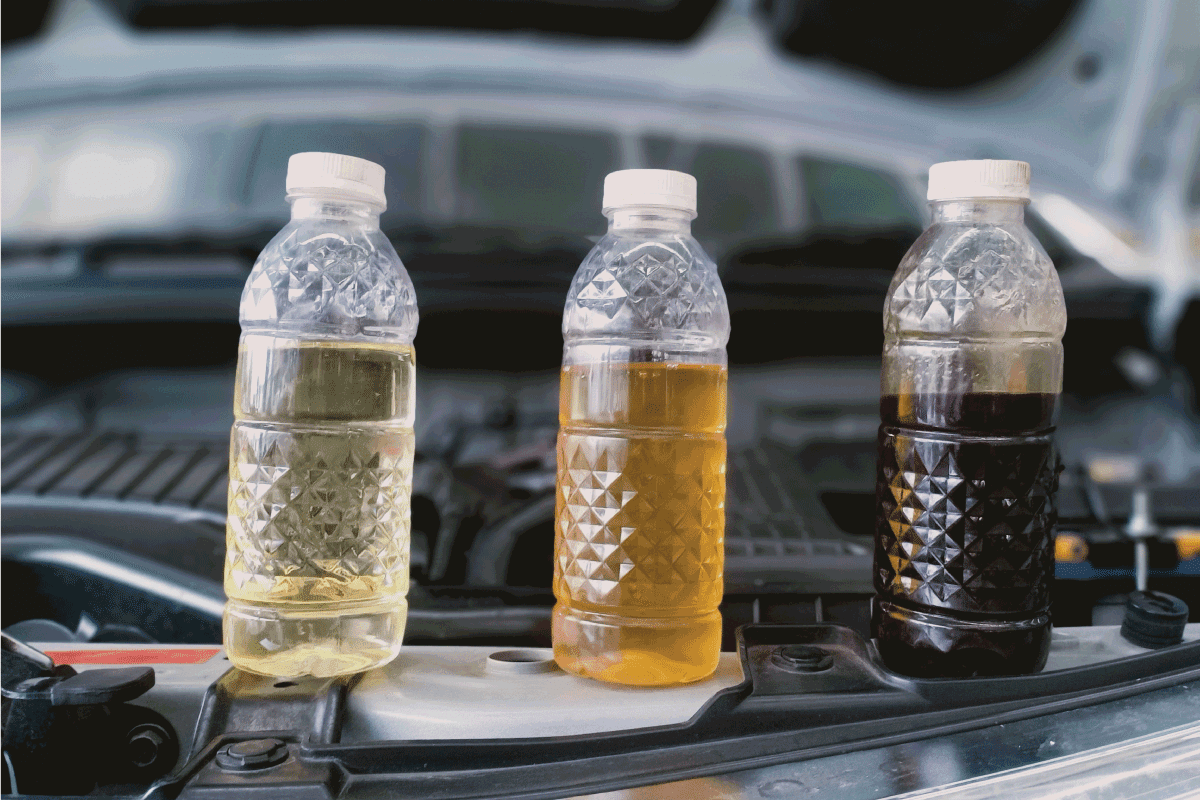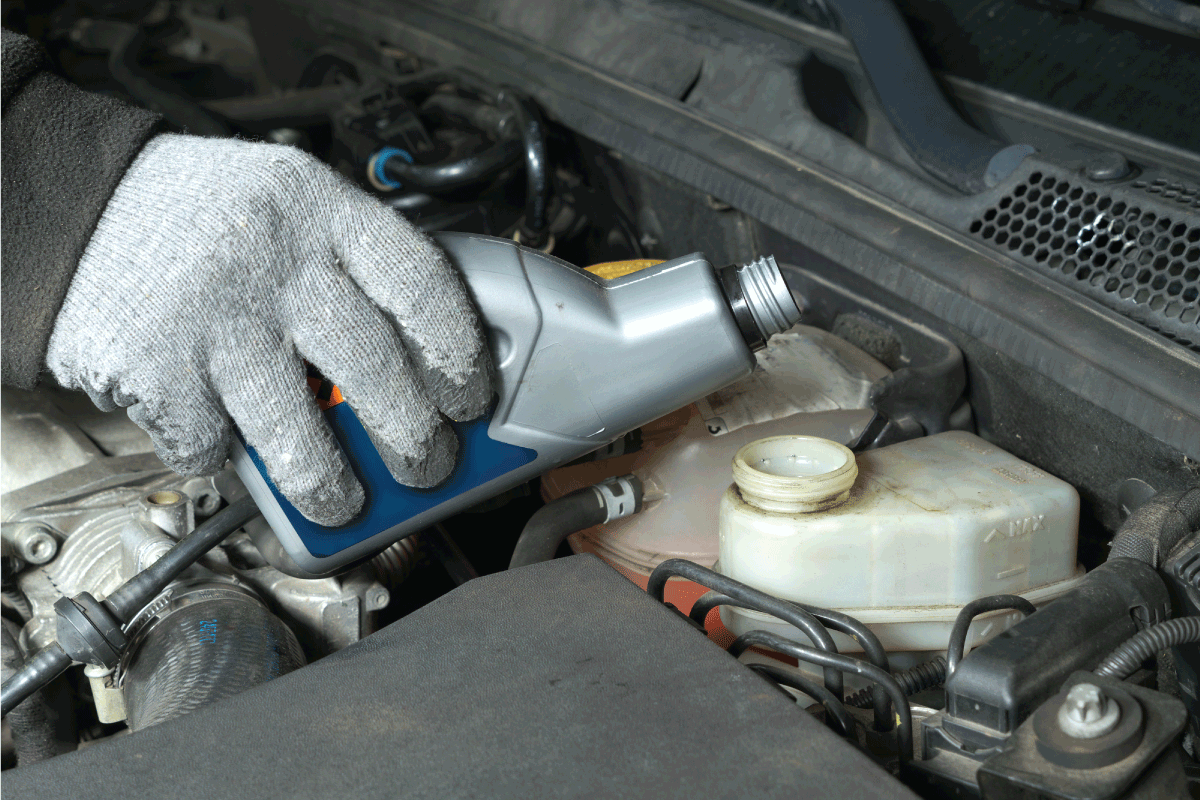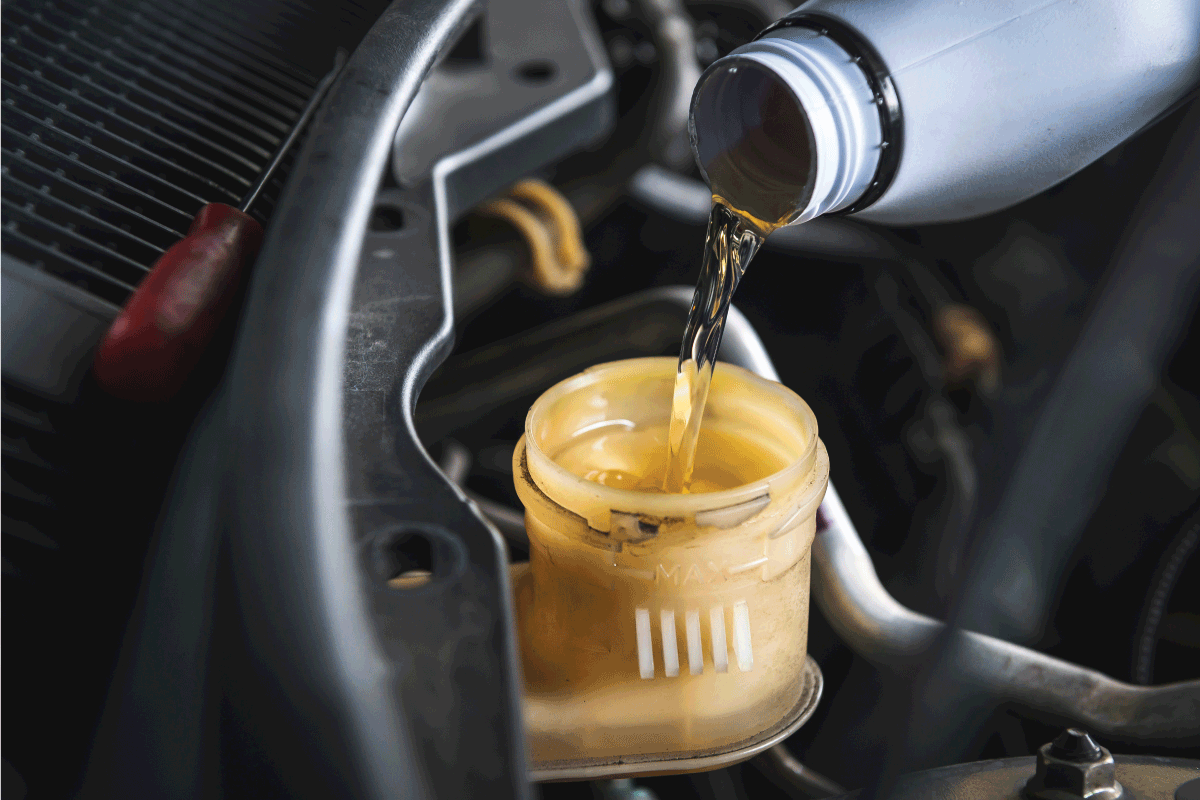Are you about to replace your car's brake fluid, and you're wondering if there is a difference between a standard hydraulic fluid and a brake fluid? Wonder no more, for we have researched this question and have the answer for you below.
A brake fluid is a type of hydraulic fluid. The main difference between the two is that brake fluids are formulated to have additives that provide properties like corrosion prevention to help prevent the buildup of corrosion inside your car's brake system.
In this article, we'll talk more about the different characteristics of hydraulic fluid and whether they are ideal for use inside brake systems in the succeeding sections. With that said, let's dive right in!
Understanding Your Brake Fluid
Different institutions set different brake fluid standards.
The International Standards Organization (ISO), the Society of Automotive Engineers (SAE), and the Federal Motor Vehicle Safety Standards (FMVSS) use similar standards to define the performance classification of different brake fluid types.
The FMVSS Standard No. 116 establishes the guidelines that define the requirements for hydraulic brake systems of motor vehicles in the US.
This standard includes the containers of brake fluids and how to label these containers correctly.
Even though brake fluid is a type of hydraulic fluid, various groups, including the government, regulate its manufacture through various standards.
How Does Heat Effect Brake Fluid?
Friction is a force that resists the movement of an object in contact with another object. When you rub your hands together, the heat comes from friction that tries to stop you from rubbing your hands together.
The more you press your hands together, the harder it is to move them. Additionally, your hands get warmer as you force them to rub together.
The same principle happens when you step on the brakes of your car. The faster your car goes, the harder you need to step on the brakes to stop its movement.
Stepping on the brakes harder will generate more friction. More friction means more force to stop the movement of your car.
However, the increased friction to stop your car also means that the brake pads and rotors will generate more heat. The faster your car goes, the more heat will be generated when you step on the brakes.
This heat from the brake pads and the brake rotor will transfer to the different components of the braking system through radiant heat transfer.
Radiant heat transfer is one of the ways heat moves from one medium to another.
This is where DOT ratings of brake fluids come into play.
One of the things that regulators measure when it comes to brake fluids is the boiling point.
The boiling point of brake fluids must be high. This prevents boiling despite the high temperature from the brakes.
Hydraulic Fluid Temperatures
Hydraulic machinery that uses regular hydraulic fluids maintains a temperature of 180 degrees. This is very low for brake systems.
Regular hydraulic fluid is sensitive to changes in temperature. A low temperature will cause normal hydraulic fluid to have high viscosity. High viscosity negatively affects the responsiveness of the fluid and causes power loss.
This is not good for brake systems.
Low fluid responsiveness inside a brake system is a fatal accident waiting to happen. Braking power on slippery winter streets is essential, which is the opposite of what you'd get from a regular hydraulic fluid.
Moreover, a higher temperature will cause the hydraulic fluid to have low viscosity. This will lead to leaks in the hydraulic system.
Additionally, the hydraulic fluid will become compressible as the temperature rises. If you use a regular hydraulic fluid in your car, your brakes become less responsive the faster your car goes.

DOT Ratings Of Brake Fluids
The DOT rating tells you the two boiling points of brake fluids—dry boiling point and wet boiling point.
The dry boiling point is the boiling point of your brake fluid before it absorbs moisture, while the wet boiling point is the boiling point after the moisture absorption.
The higher the DOT rating, the higher the brake fluid's dry and wet boiling points.
- DOT 3 has a dry boiling point of 401 degrees and a wet boiling point of 284 degrees.
- DOT 4 has a dry boiling point of 446 degrees and a wet boiling point of 311 degrees.
- DOT 5 has a dry boiling point of 500 degrees and a wet boiling point of 356 degrees.
- DOT 5.1 has a dry boiling point of 500 degrees and a wet boiling point of 356 degrees.
Most modern brake fluids are made from polyethylene glycol. This compound is hygroscopic. The hygroscopic property of compounds is the ability to attract, absorb, and retain water or moisture.
In the case of brake fluids, it absorbs moisture from the air inside the brake fluid reservoir. And no matter how tight you screw the lid of the brake fluid reservoir, some air will still get inside.
The exception to this rule is DOT 5 brake fluid. This type of brake fluid is silicone-based. This makes DOT 5 brake fluids hydrophobic instead of hygroscopic.
Hydrophobic means that the compound repels water.
Unfortunately, DOT 5 brake fluids are not compatible with ABS systems. Thus, they are primarily used only with hydraulic brakes.
The incompatibility of DOT 5 with ABS systems led to the development of the DOT 5.1 brake fluids. This is the reason why the two have the same boiling points.

Is The Water In Brake Fluid Bad?
Water has a low boiling point, and it can easily boil from the heat coming from the brake system. Once the water boils, it will turn into steam. And unlike brake fluid, steam is compressible.
One important property of all hydraulic fluids is that they are not compressible. A compressible compound makes brakes less responsive.
Therefore, water inside your brake system will cause your brakes to become less responsive at higher speeds. If water mixes with your brake fluid, the boiling point of the brake fluid will start to drop.
Regular hydraulic fluids are also hygroscopic.
However, brake fluids have an additive that prevents them from causing corrosion inside the brake system. A regular hydraulic fluid does not.
Thus, standard hydraulic fluid inside your car will lead to rust inside your brake system.
How Much Water In Brake Fluid Is Safe?
Having steam inside the brake system that reduces responsiveness is not the only danger of having water in your brake fluid.
The boiling point of brake fluids will slowly drop towards the wet boiling point as it absorbs moisture. Once it gets to 3% water, it will be above the wet boiling point.
Regular street use can get your brakes to 392 degrees. That temperature will climb faster the faster you drive your car, the more aggressively you use your brakes, and the longer you go. Cars on track day can easily reach 1,000 degrees.
Suppose you use a DOT 3 brake fluid with 3% water content. Then everyday street use can boil the water content and your brake fluid.
This is why you should regularly replace your car's brake fluid. Making sure that your brake fluid is always at less than 3% water content also ensures that your brake system works at its best.
On the other hand, a regular hydraulic fluid has other things to worry about. Once it reaches 180 degrees, the hydraulic fluid will start to degrade.
This temperature is too low when you compare it with the temperatures that your brake system experiences on a regular day.
Thus, using regular hydraulic fluid on your brake system will require more frequent replacement because of the high temperatures.

Replacing Brake Fluid
When it is time to replace your brake fluid, always use the recommended brake fluid of your car's manufacturer. DOT 3 brake fluid is the most common in regular vehicles.
However, if you plan to upgrade the performance of your car using aftermarket parts, keep in mind that it is also a good idea to upgrade the brake fluid.
Once your car starts to drive faster than before, it will need more friction to stop. And more friction means higher temperatures.
You can upgrade the DOT 3 brake fluid to a DOT 4 or DOT 5.1. You can upgrade DOT 4 to DOT 5.1.
Even though these three brake fluid types can replace each other, it is not a good idea to downgrade. The dry and wet boiling points will also drop when you downgrade your brake fluid (say, from a DOT 4 to a DOT 3).
Thus, the lower temperature might no longer become compatible with the performance aftermarket upgrades on your car.
Once you've done a lot of upgrades on your car, it makes sense that the old brake fluid replacement schedule of your car's manufacturer will not work anymore. So how do you know when is the best time to replace the brake fluid?
You can use a brake fluid tester to know if it is time to replace the brake fluid.
A brake fluid tester is a device that measures the moisture content in your brake fluid. Just make sure to check that the tester is compatible with your brake fluid.
ITEQ Brake Fluid Tester Pen is on Amazon.

To Finish
Even though brake fluids are a kind of hydraulic fluid, the regular hydraulic fluid should not replace the brake fluid in your car.
And while we have your attention, check out these related articles:

